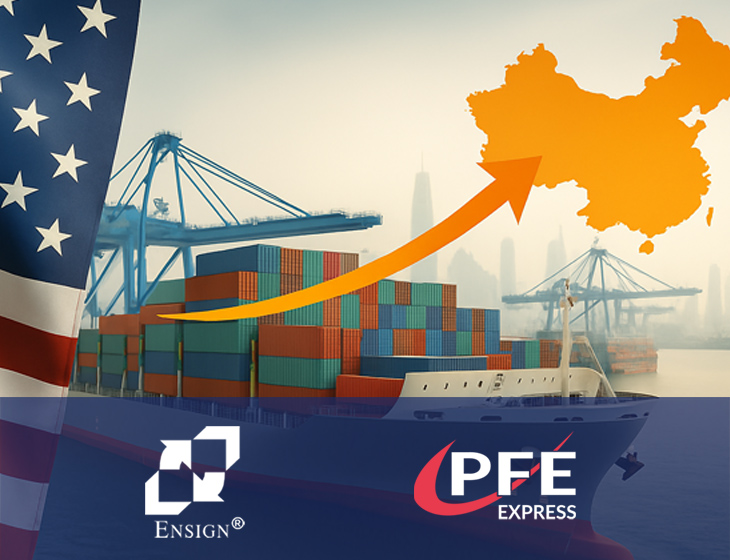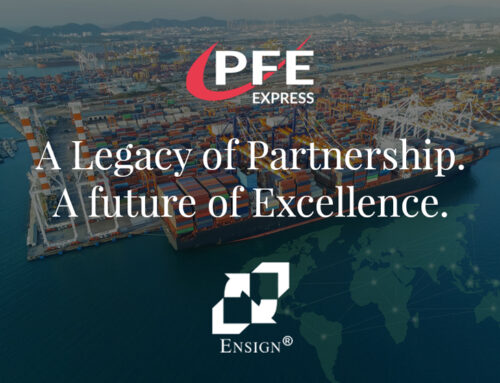As global trade dynamics continue to evolve rapidly, September 2025 marks a pivotal moment for intra-Asia commerce. Recent developments, particularly the reintroduction of significant US tariffs on Chinese exports, have triggered fresh disruptions and realignments within Asia’s trade networks. These shifts underscore the growing importance of intra-Asia trade corridors and strengthening strategic alliances among Southeast Asian nations, China, and other regional partners.
Tariffs Driving Regional Realignment
The renewed US tariff measures have intensified pressures on traditional export routes, encouraging many Asian exporters to reroute shipments away from the US market. Instead, they are increasingly directing shipments toward neighbouring countries, fueling a noticeable uptick in intra-Asia trade flows. This shift builds on trends we explored in our previous article, where we highlighted how businesses are rebasing supply chains within the region to enhance resilience and mitigate external risks.
Shifting Trade Flows in Numbers
The scale of this realignment is already becoming clear in trade data. In June 2025, US sea imports from China dropped by 28.3 percent year-on-year, while imports from Vietnam, Indonesia, and Thailand all recorded significant increases. ASEAN nations together exported goods worth 367.2 billion US dollars in the first quarter of 2025 alone, highlighting the growing strength of intra-regional trade. These numbers illustrate that tariff shifts are not abstract policy debates but measurable forces that are reshaping supply chains across Asia.
Winners and Losers
Not all industries are affected equally. Electronics has emerged as one of the biggest winners from this redirection of trade. Vietnam’s electronics exports are forecast to exceed 140 billion US dollars in 2025, representing a year-on-year increase of more than 27 percent, while electrical machinery and components remain the backbone of ASEAN’s export portfolio. In contrast, textile and apparel exporters face stiffer headwinds. US imports of Chinese apparel fell to a 22-year low in May 2025, underlining the vulnerability of traditional export sectors that rely heavily on access to Western markets. These contrasts show how tariff policies can accelerate the rise of some industries while putting others under severe strain.
Opportunities for Intra-Asia Specialists
For logistics providers and freight forwarders, these developments present both challenges and opportunities. Rapid reconfiguration of trade routes, tariff compliance intricacies, and the evolving web of regional trade agreements demand nimble, knowledgeable partners. Companies deeply versed in intra-Asia corridors and regulatory nuances stand out as critical allies for exporters navigating this shift. Moreover, the increased focus on intra-Asia linkages aligns with broader trends toward supply chain diversification and regional self-reliance. Industries are recalibrating their sourcing and distribution strategies to enhance efficiency and reduce vulnerabilities to geopolitical disruptions.
Beyond Tariffs: Long-Term Intra-Asia Opportunities
While tariffs are the immediate trigger for these shifts, the long-term opportunities go well beyond short-term rerouting. The Regional Comprehensive Economic Partnership (RCEP), which brings together 15 countries covering 30 percent of global GDP, is projected to increase intra-regional trade by more than 428 billion US dollars. This unprecedented level of integration provides a strong foundation for Asia’s future growth. At the same time, digital and paperless trade initiatives are gaining traction. From real-time customs clearance to electronic documentation exchange, these reforms are lowering transaction costs and improving transparency, making intra-Asia supply chains more agile and attractive for global businesses.
In Summary
The evolving landscape, shaped by US tariff policies and emergent intra-Asia trade alliances, calls for proactive strategic planning. Stakeholders must remain informed and adaptable to capitalise on regional opportunities and sustain their competitive edge in a dynamic market environment.
PFE and Ensign, with our extensive network and deep expertise across key Asian markets, are committed to empowering our customers through these transformative trade dynamics. We do this by offering comprehensive market intelligence, timely regulatory updates, and customised logistics solutions tailored to intra-Asia trade flows. Our expert teams leverage a deep understanding of evolving tariff landscapes, regional trade agreements, and route optimisation strategies to minimise disruption and maximise efficiency for your supply chains. As the trade environment grows more complex, our data-driven insights and proactive communication help ensure informed decision-making and agile response.
To find out more about how PFE and Ensign’s joint Intra-Asia services can support your supply chain, please get in touch with your usual PFE contact or email [email protected]
References:
Intra-Asia trade faces fresh turmoil from potential hefty US tariffs: HPH Trust | Journal of Commerce
How 90 Days of Accelerated Trade Alliances Reshaped Southeast Asia – The Diplomat
US-China Tariff Rates – What Are They Now?
https://www.tradeimex.in/blogs/top-asean-exports-trading-bloc-overview-2025
https://www.richmondfed.org/publications/research/economic_brief/2025/eb_25-12
https://www.vietnamexportdata.com/blogs/vietnam-electronics-exports-2025-data-report
https://www.reuters.com/business/retail-consumer/tariffs-drive-us-clothing-imports-china-22-year-low-may-2025-07-09/
https://en.wikipedia.org/wiki/Regional_Comprehensive_Economic_Partnership








